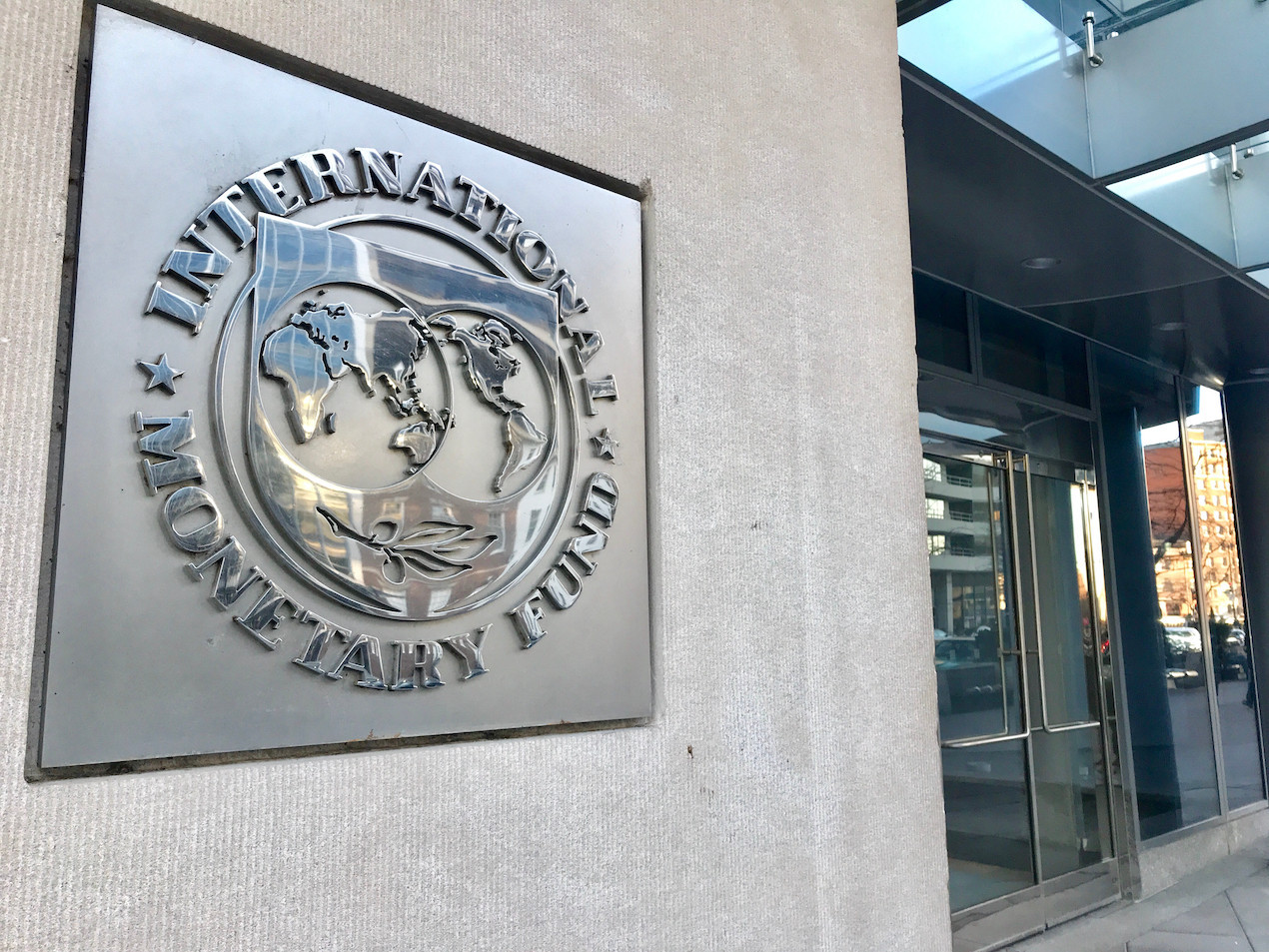The non-bank financial sector--often still referred to as shadow banking, with all its negative connotations for the uninitiated--includes a diverse set of financial activities, entities and infrastructure: investment funds, insurance companies, pension funds and other financial intermediaries. These are entities that are regulated like banks, but in different ways and often by different actors within and across jurisdictions.
The non-bank financial sector has become increasingly important in financing the economy as banks have been subject to regulations designed to prevent abuses that led to the financial crises that have occurred since 2008, such as regulations that limit their credit production. Private equity owes its rise in recent years to these regulations, as well as to the context of low or even negative interest rates. It’s a context that has turned around in 2022.
Source of systemic risk
According to the --charged by the G20 in Seoul in 2010 as part of the follow-up to the 2008 global financial crisis to monitor this sector--non-bank financing can become a source of systemic risk if it involves a transformation of maturities and liquidity or if it leads to the accumulation of leverage. The diversity and increasing involvement of non-bank entities in the supply of credit has led to more interconnections, including on a cross-border basis, which means that stresses in the sector can be transmitted more widely to other parts of the financial system and to the wider economy.
It’s a concern that seems to be increasingly topical.
Debt and liquidity mismatch
The IMF devotes a whole chapter to this in its latest . For the Washington-based institution, the sector’s entities pose an increased risk to global finance, due to their exposure to the consequences of rising interest rates. These risks could intensify in the coming months and threaten emerging economies in particular.
“Global financial stability may depend on their resilience as monetary policy is tightened to combat high inflation,” the IMF said. “The recent stresses that have disrupted some banks in the US and Europe are a stark reminder of the pockets of high financial vulnerability that have built up over years of low interest rates, compressed volatility and ample liquidity. These risks could intensify in the months ahead, amid continued global monetary policy tightening.”
For the IMF, the first risk relates to the level of indebtedness of these entities. The second is related to liquidity mismatches, i.e., “when an institution is unable to generate sufficient liquidity, either through the liquidation of assets, such as bonds or equities, or through the use of credit lines to meet redemption requests from investors. In short, a replay of the Silicon Valley Bank and Credit Suisse scenarios.”
Improving regulation
As central banks face the challenge of balancing inflation and financial stability, the IMF is calling on governments to better regulate the sector along the lines of the strict regulation of banks, particularly with regards to risk management. It also calls on central banks to extend any lending facilities to non-bank financial actors where appropriate.
This story was first published in French on . It has been translated and edited for Delano.
